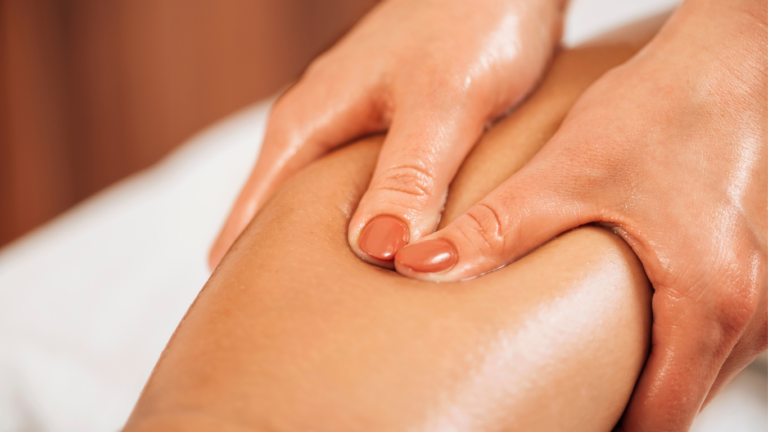What is adipose cellulite?
Understanding Cellulite Adiposis: Causes and Solutions
Adipose cellulite, a common concern for many people, is often a source of embarrassment. Frequently found on the thighs, buttocks and arms, it is characterised by its orange-peel appearance. This skin imperfection is mainly due to an accumulation of subcutaneous fat. To better understand this phenomenon, it is essential to know its origins and the various possible solutions to remedy it.
Causes of fatty cellulite
Adipose cellulite is often influenced by hormonal factors. Hormonal variations during contraception, pregnancy or the menopause can cause this type of cellulite. Female hormones such as oestrogen play a key role in regulating fat storage. They encourage the accumulation of fat in certain areas of the body, forming visible dimples. In addition, poor lymphatic drainage can aggravate the appearance of adipose cellulite.
Other factors also contribute to the formation of cellulite, such as genetics, an unbalanced diet or a sedentary lifestyle. Being overweight is not necessarily an essential factor in the appearance of adipose cellulite, although excess adipose tissue can worsen the appearance of the skin.
Solutions to Reduce Fat Cellulite
There are several solutions available to combat adipose cellulite, ranging from cosmetic procedures to lifestyle changes. A healthy, balanced diet is crucial to reducing body fat and improving skin quality. Incorporating fruit, vegetables and lean proteins into the diet, while cutting down on refined sugars and saturated fats, can prove beneficial.
Regular physical exercise, such as brisk walking, cycling or swimming, helps to improve blood circulation and muscle tone, thereby reducing the appearance of cellulite. Cosmetic treatments such as massage with a wooden massage roller specifically target adipose cellulite and can stimulate lymphatic drainage.
It's also a good idea to consult a specialist to discuss more targeted options, such as mesotherapy or radiofrequency. These professional techniques aim to break down fatty deposits and firm the skin. To find out more, visit how to treat adipose cellulite.
Preventing the appearance of fatty cellulite
Prevention is better than cure, as the saying goes. The key to preventing adipose cellulite is to adopt a healthy lifestyle from an early age. Drinking enough water every day helps to maintain skin elasticity and eliminate toxins from the body, thereby limiting the appearance of cellulite.
In addition, avoiding tight-fitting clothes that impede circulation, and managing stress effectively to avoid hormonal fluctuations, also help to prevent cellulite. Regularly checking hormone levels can also help to understand any imbalances that may be contributing to the appearance of cellulite.
In conclusion, although adipose cellulite is a natural and common phenomenon, it can be managed by a proactive approach combining dietary adjustments, regular physical activity and appropriate cosmetic attention. That said, it's important to remember that health and wellbeing come first and foremost from self-acceptance and appreciation of your own body.







